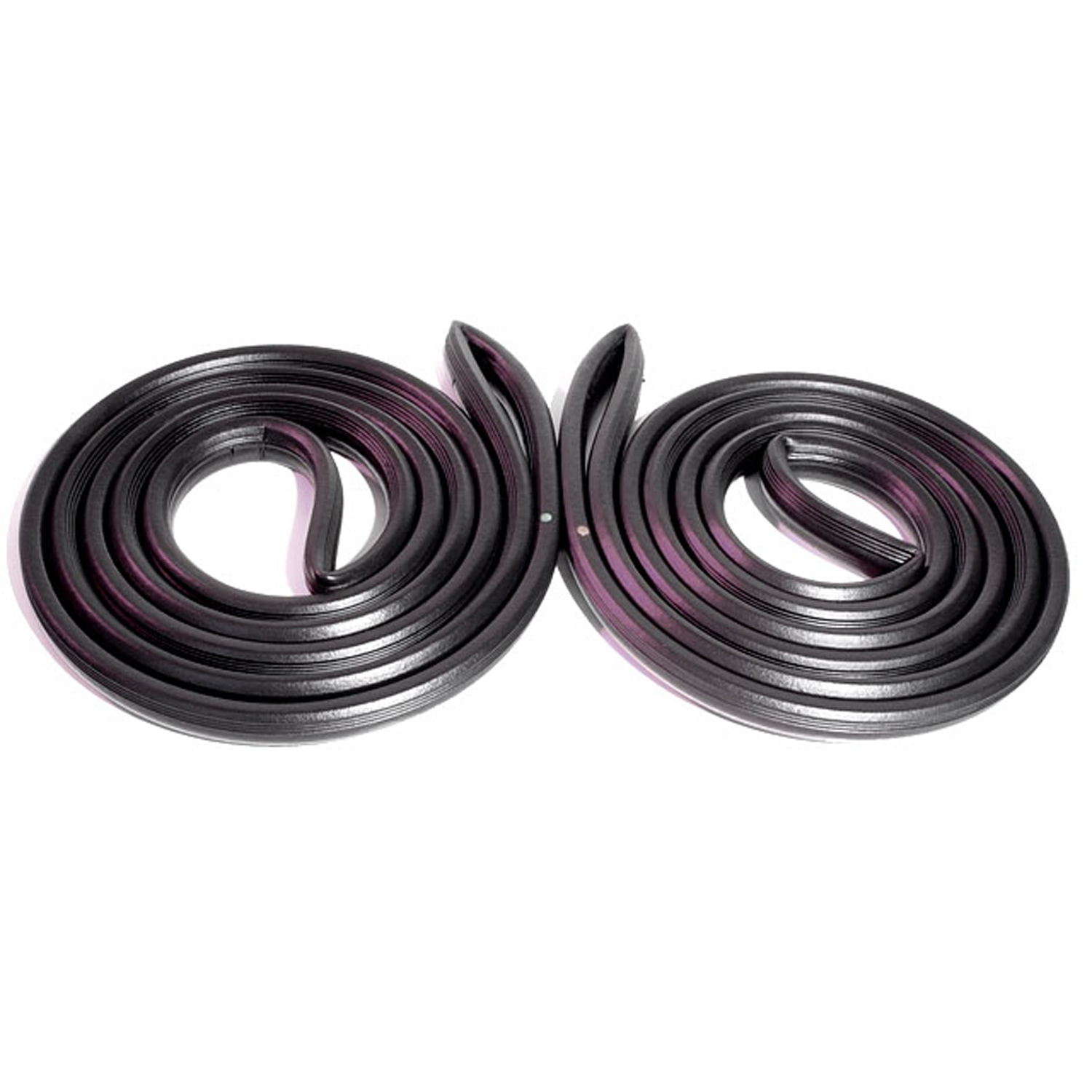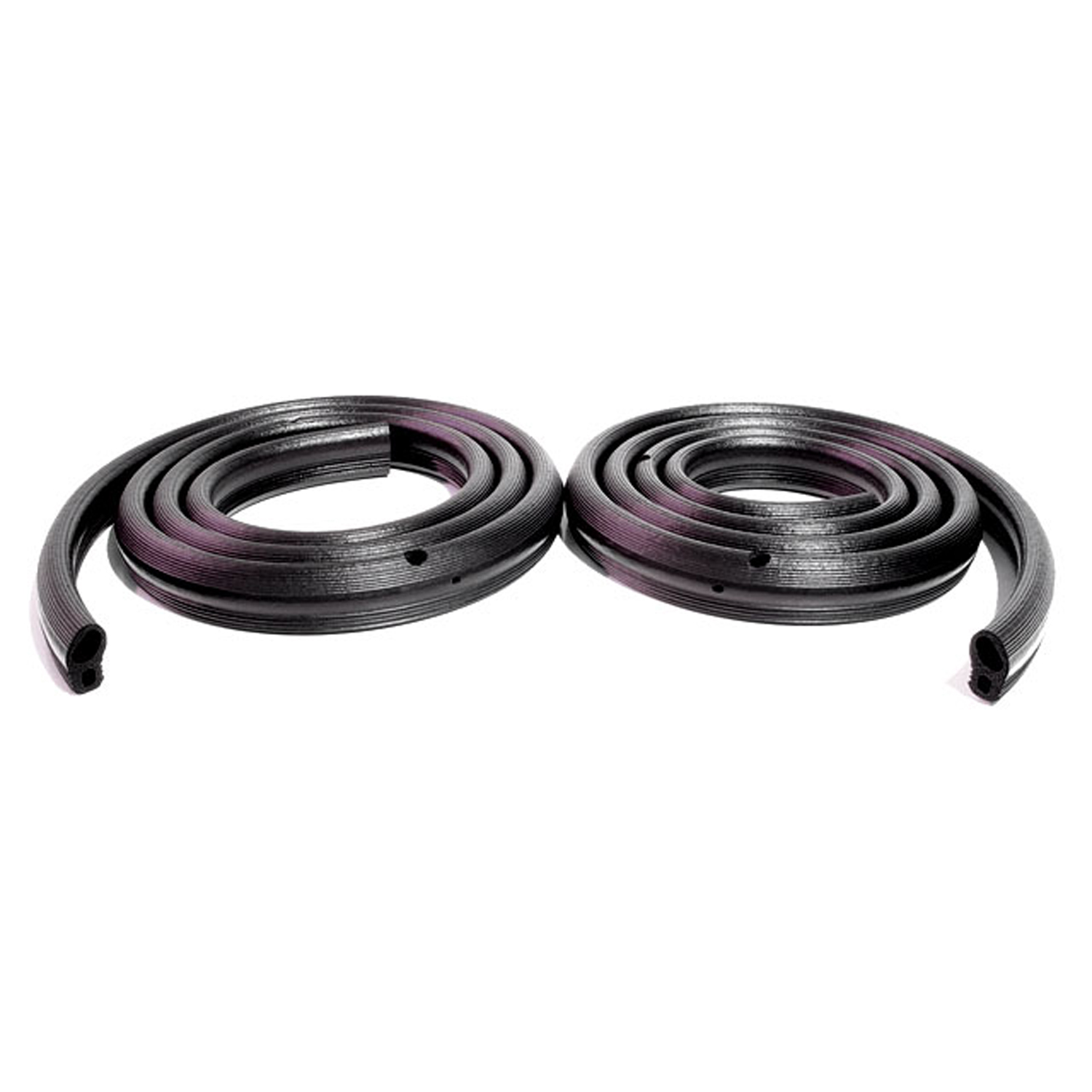Image of 1969 Porsche 911, Note: These illustrations use artistic license and may differ from actual historical models.
Performance Metrics
Fundamental Metrics
Emotional Appeal
MMP Rating
| Engine Specifications | |
|---|---|
| Engine: | Flat 6 |
| Displacement: | 2.0L-2.2L |
| Horsepower: | 125-190 hp |
| Torque: | 130-140 lb-ft |
| Compression Ratio: | 9.0:1 |
| Ignition System: | Electronic Ignition |
| Cooling System: | Air-cooled |
| Performance Specifications | |
| 0-60 Time: | 7.0-8.0 seconds |
| 1/4 Mile Time: | 15.0-16.0 seconds |
| Top Speed: | 130-140 mph |
| Transmission and Drive | |
| Drive Type: | Rear Wheel Drive |
| Transmission Type: | 4-speed manual, 5-speed manual |
| Fuel and Efficiency | |
| Fuel System Type: | Mechanical Fuel Injection |
| MPG: | 20-25 mpg |
| Dimensions and Brakes | |
| Brakes: | Disc Brakes |
| Wheelbase: | 87.1 inches |
| Weight: | 2,400-2,600 lbs |
Note: Specifications for classic cars are given to the best of our ability, considering the limited and variant data available.
Introduction
The 1969 Porsche 911 is an emblem of engineering excellence, a testament to the vision of its creators, and a beacon of automotive history. Born from the storied German manufacturer Porsche, this model year marked a significant evolution in the iconic 911 series that debuted in 1964. The '69 model was part of the first generation, known as the "A Series" production run for that year. It was during this era that the 911 solidified its place as a sports car legend, capturing the hearts of enthusiasts and racers alike. A unique fact about the '69 911 is its longer wheelbase, which was introduced to improve handling—a change that would become standard in subsequent models.
Design and Innovation
The exterior of the 1969 Porsche 911 is a symphony of form and function, with its timeless silhouette characterized by sleek lines and an unmistakable rear-engine layout. The interior is equally impressive, boasting high-quality materials and craftsmanship synonymous with Porsche's commitment to luxury. Technologically, it featured advanced mechanics for its time, including fuel injection in the S models and a five-speed manual transmission. Color options ranged from vibrant hues like Tangerine to more subdued tones such as Slate Grey, with Signal Red being a particularly popular choice among aficionados. Among various body styles, including coupe and targa, it was the classic coupe that became iconic.
Historical Significance
The '69 Porsche 911's influence on automotive design is indelible; it refined the sports car aesthetic with its air-cooled flat-six engine—a configuration that became a Porsche hallmark. This vehicle stood out for its blend of performance and practicality, setting a benchmark for future sports cars. Its lasting influence can be seen in the countless iterations and evolutions that have since followed in the 911 lineage.
Performance and Handling
The performance of the 1969 Porsche 911 was nothing short of thrilling for its era. With a top speed that could reach upwards of 130 mph and an acceleration from 0-60 mph in under 8 seconds for the S model, it offered exhilarating performance. The handling was renowned for precision and agility, especially after the wheelbase extension which mitigated oversteer tendencies. Drivers often speak of an immersive driving experience—the raw sound of the air-cooled engine, tactile feedback through the steering wheel, and the car's responsiveness to driver inputs.
Ownership Experience
The '69 Porsche 911 was versatile enough to serve as a daily driver or as a weekend showpiece. In motorsport circles, it also found success on both rally courses and race tracks. Maintenance requires some know-how but is generally considered manageable for those familiar with classic Porsches. Reliability is commendable when properly serviced, though parts can be costly.
Fun Facts
This vintage marvel has been associated with numerous celebrities and has graced many prestigious collections. It has set records in endurance racing and has been featured prominently in film and television. Common criticisms often focus on its quirks like tricky handling at the limit due to its rear-engine layout.
Collector's Information
The current value range for collectors can vary widely based on condition, originality, provenance, and specific model variants—with pristine examples fetching six figures at auction. Estimates suggest that several thousand units were produced across all variants in 1969. The market trend shows appreciation over time for well-maintained or fully restored examples.
Conclusion
In summary, the 1969 Porsche 911 stands as a paragon of automotive design—a vehicle that not only captured the spirit of its time but also laid down principles that would guide sports car development for decades to come. Its legacy is one of innovation, performance, and timeless appeal—a true classic that continues to captivate enthusiasts around the globe.
1969 Porsche 911 Catalog of Parts
 1969 Porsche 911 Molded door seals. For Coupes. Pair. R&L.-LM 911-CMolded door seals. For Coupes. Pair. R&L.
1969 Porsche 911 Molded door seals. For Coupes. Pair. R&L.-LM 911-CMolded door seals. For Coupes. Pair. R&L. 1969 Porsche 911 Molded door seals. Fits Targa/Cabriolet. Pair. R&L.-LM 911-TMolded door seals. Fits Targa/Cabriolet. Pair. R&L.
1969 Porsche 911 Molded door seals. Fits Targa/Cabriolet. Pair. R&L.-LM 911-TMolded door seals. Fits Targa/Cabriolet. Pair. R&L.Why Choose Metro?
For over 100 years, Metro Moulded Parts has been the pinnacle of quality in classic car restoration parts. Our commitment to precision and authenticity in every component ensures a perfect fit and an OEM-level appearance.
- Expert Craftsmanship & Quality: Each part is a testament to our dedication to reliability and perfection, crafted from original designs and thoroughly tested.
- Advanced Technology: We use cutting-edge techniques to create flawless, long-lasting parts that surpass others in performance.
- SuperSoft Sponge – The Ultimate Door Seal: Not only are our door seals 30% softer than competitors', but they're also guaranteed to never leak. They effectively reduce wind and road noise, enhancing your classic car's comfort and driving experience.
- Proudly American: Our parts are a product of American craftsmanship, made in the USA with a spirit of excellence and heritage.
- Unrivaled Warranty: We back our products with a 30-year industry-leading warranty, a testament to our confidence in their quality.
Join us in preserving the legacy of classic cars with parts that are crafted for perfection, not just made.

